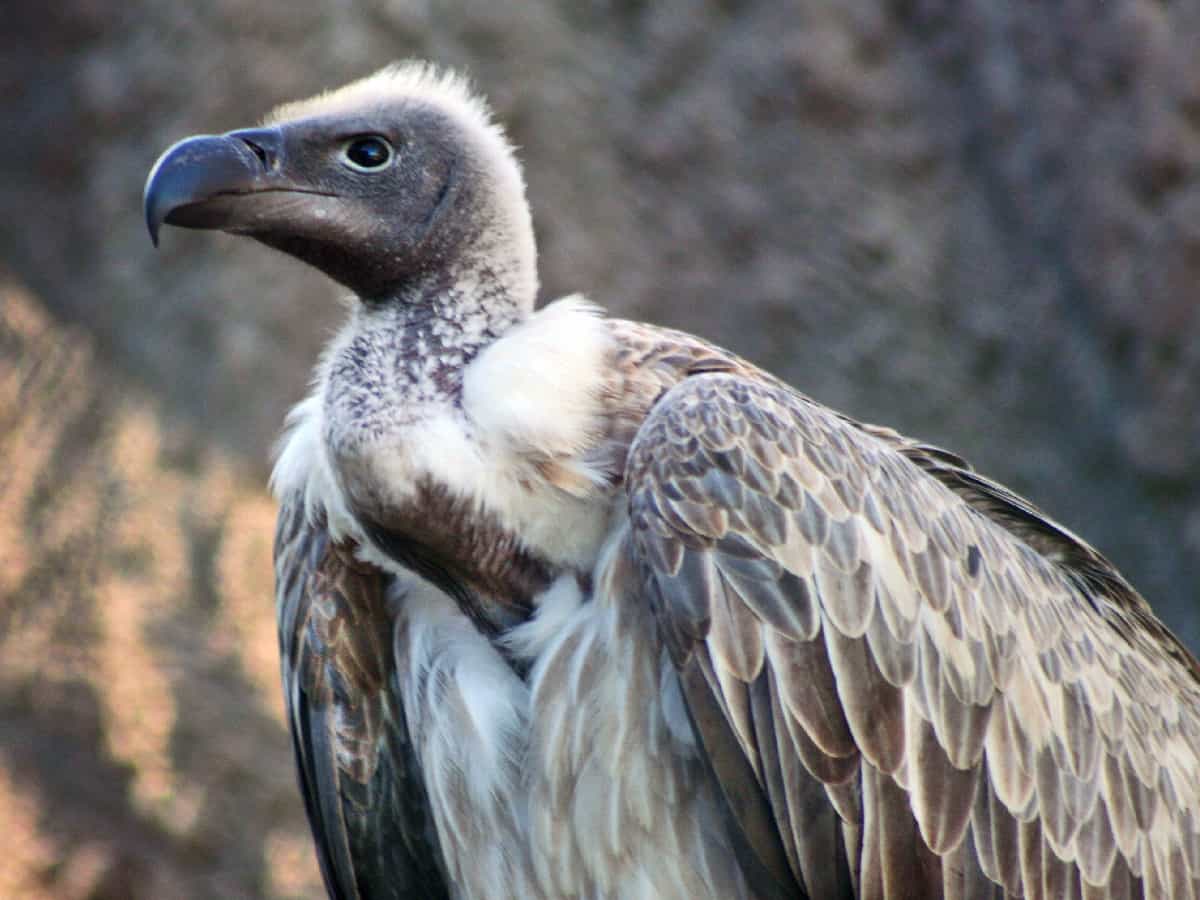
Mumbai: Dwindling vulture populations have led to a major change in the way some progressive elements in the Parsi community treat their dead.
This issue was in focus again on Tuesday after Cyrus Mistry, former chairman of Tata Sons, was cremated after his death in a car crash two days ago.
In a shift from the earlier practice of ‘sky burials’, where a body was left in ‘Towers of Silence’ for the vultures to feast on, many Parsi funerals have been taking place since 2015 at a specially made electric crematorium in the financial capital.
Mortal remains of the dead person are fed into the electric machine after performing rituals as per the Zoroastrian faith’s laid down procedures, and the same was observed in the case of Mistry as well.
Mistry’s mortal remains were taken to the crematorium opposite a star hotel created by the community in the last decade, where a family priest performed the rituals before the body was sent into the electric machine.
Some people of the otherwise conservative community took a call to build the crematorium in the last decade because of the decline in vulture populations which fed on the corpses and many pragmatic families like the Mistrys have embraced the new way of dealing with their dead.
As per reports, vulture population in the country has declined to a mere 19,000 in 2017 from 40 million in the 1980s, which explains a shift in the community’s approach towards the dead.
The government has launched a sustained initiative to arrest the decline in the vultures, which are a critical part of the food chain, through the National Vulture Conservation Action Plan 2020-25, which has met with some successes.
The decline in vulture populations is blamed on the use of Diclofenac, an anti-inflammatory drug used to treat cattle. Birds who gorged on dead cattle which had consumed the drug while being alive led to the vulture populations getting impacted since the 1990s. The drug was banned in 2006, but its devastating impact had already played out with a decline in vulture populations.
For the Parsis, the declining vulture populations presented with a formidable challenge. While the vultures cleaned flesh on a body within couple of hours, crows and kites only pecked the dead bodies, leading to many such bodies to rot in the wells for months and leave a stench.
The number of Parsis is also declining fast despite the economic heft that many in the community possess. As per the 2011 census, there were only 57,264 Parsis in the country. The government’s Ministry of Minority Affairs has launched a scheme – “Jiyo Parsi” – for arresting the decline in the community as well with budgetary allocations.
Parsis migrated to India’s western coast while fleeing from persecution in present-day Iran over 1,000 years ago. They got a flame along which is said to still burn in a fire temple at Udvada in south Gujarat. Mistry was returning from that town while the car he was traveling in met with the tragic accident.
The mortal remains of Jehangir Pandole, who was also killed in Sunday’s car crash, were left at the Doongarwadi Tower of Silence in south Mumbai on Tuesday as his family preferred the traditional custom of dealing with the dead.



